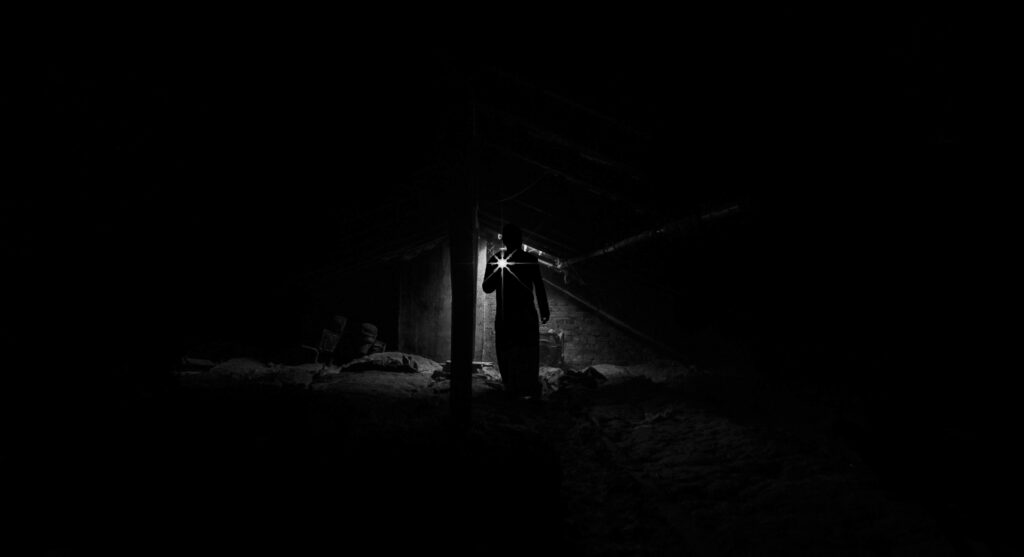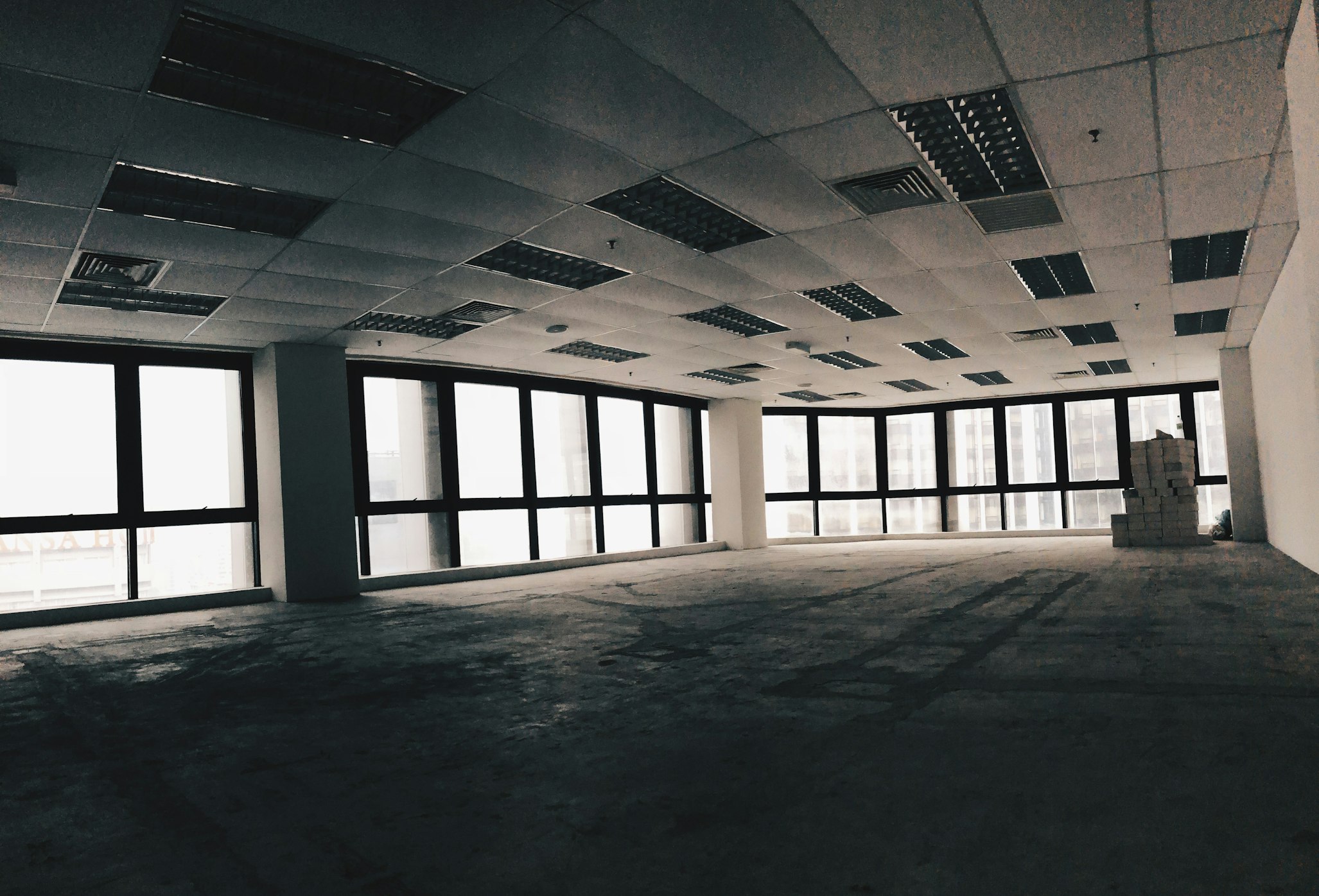If you own or manage a commercial property, understanding ACMs is essential for safety, compliance, and risk management. At Global Asbestos Audits, we specialise in helping businesses identify and manage asbestos-containing materials in commercial buildings.
Define ACM: What Is It?
ACM stands for Asbestos-Containing Material. These are materials that contain asbestos fibres, which can become airborne if disturbed, creating serious health risks for anyone in the building.
In commercial settings, ACMs are not limited to old insulation or roofing. They can be found in flooring, ceiling tiles, wall panels, fireproofing, pipe lagging, and adhesives. Correctly defining and identifying ACMs is the first step in preventing accidental exposure and ensuring a safe workplace.
Why Commercial Properties Must Identify ACMs
Commercial property owners and managers have legal obligations to manage asbestos safely. Identifying ACMs accurately is critical for:
- Workplace Safety – Employees, tenants, and visitors must be protected from asbestos exposure.
- Legal Compliance – Australian regulations require commercial properties to maintain an asbestos register and manage ACMs appropriately.
- Risk Management – Identifying ACMs before renovations, maintenance, or demolitions reduces liability and avoids costly legal action.
Common ACMs in Commercial Buildings
In Australia, ACMs were commonly used in commercial construction up until the late 1980s. Typical locations include:
- Roofs and walls – asbestos cement sheets and cladding
- Ceilings – textured coatings, acoustic tiles, and plasterboard joint compounds
- Floors – vinyl tiles, backing sheets, and adhesives
- Services – pipe insulation, fireproofing materials, and HVAC ducting
Even seemingly minor materials, such as older adhesives or coatings, may contain asbestos, making professional assessment essential.
Safe Identification of ACM

Identifying ACMs in commercial buildings requires expert knowledge and procedures:
- Visual inspections – Our team examines the property for typical ACM locations and conducts either a Division 5 Asbestos Audit or a Division 6 Asbestos Audit, getting into spaces which are generally harder to access, such as roof voids.
- Sampling – Safe collection of samples to avoid fibre release.
- Laboratory testing – All samples are tested and analysed at a NATA-accredited laboratory to confirm the presence of asbestos.
When to Document ACM in Commercial Properties
Commercial properties should document ACMs whenever they are discovered and especially when there is potential for asbestos disturbance during:
- Renovations or refurbishments
- Maintenance work that could affect walls, ceilings, floors, or services
- Demolitions or major structural work
- Routine compliance audits for health and safety obligations
Trust Global Asbestos Audits for Your Commercial Property
At Global Asbestos Audits, we specialise in helping commercial property owners identify, manage, and safely remove ACMs. Our team ensures that your building complies with regulations and protects occupants from exposure to asbestos.
If you manage a commercial property, don’t leave asbestos to chance. Contact us today for a professional assessment and secure your building for the future.

